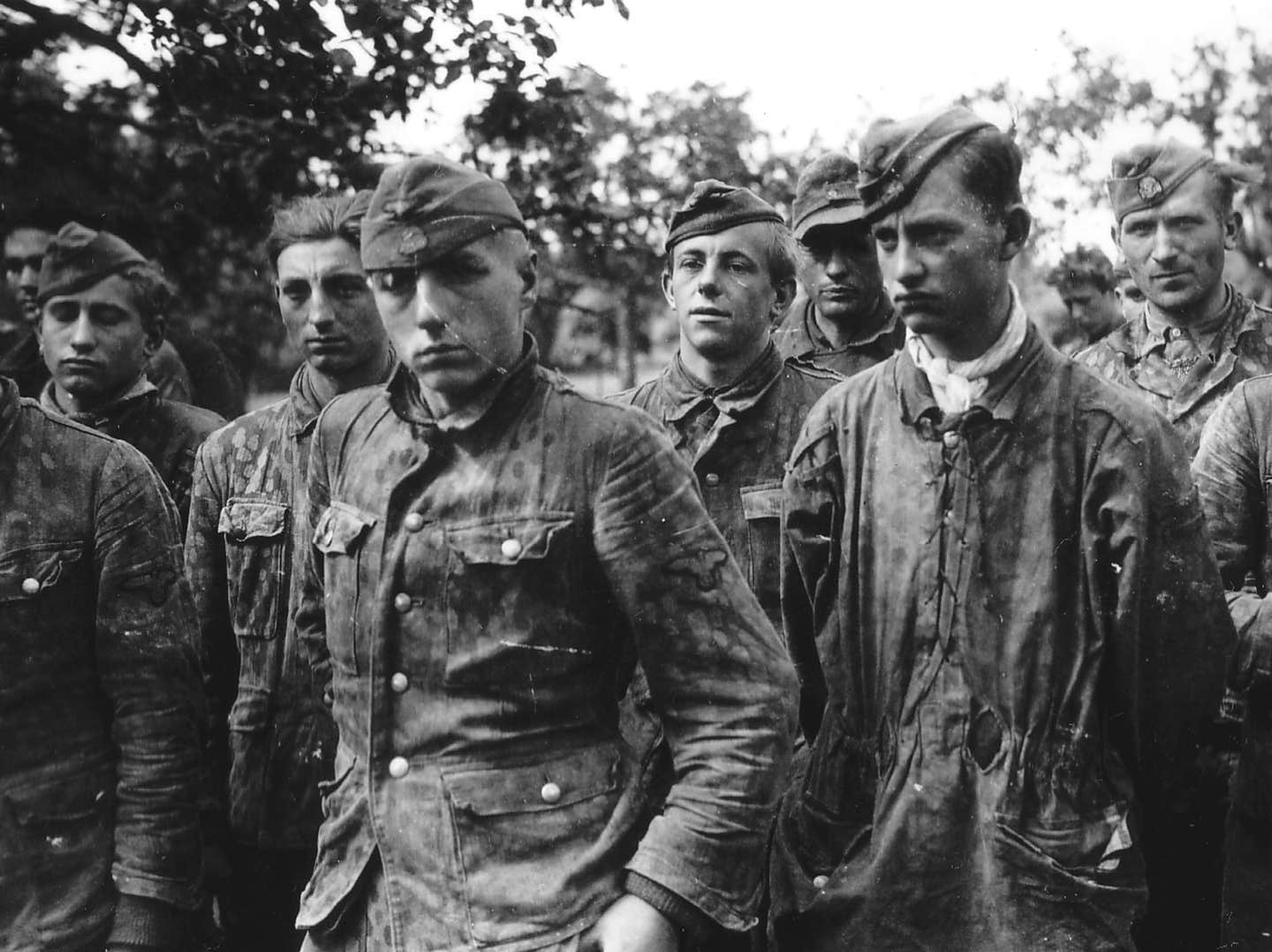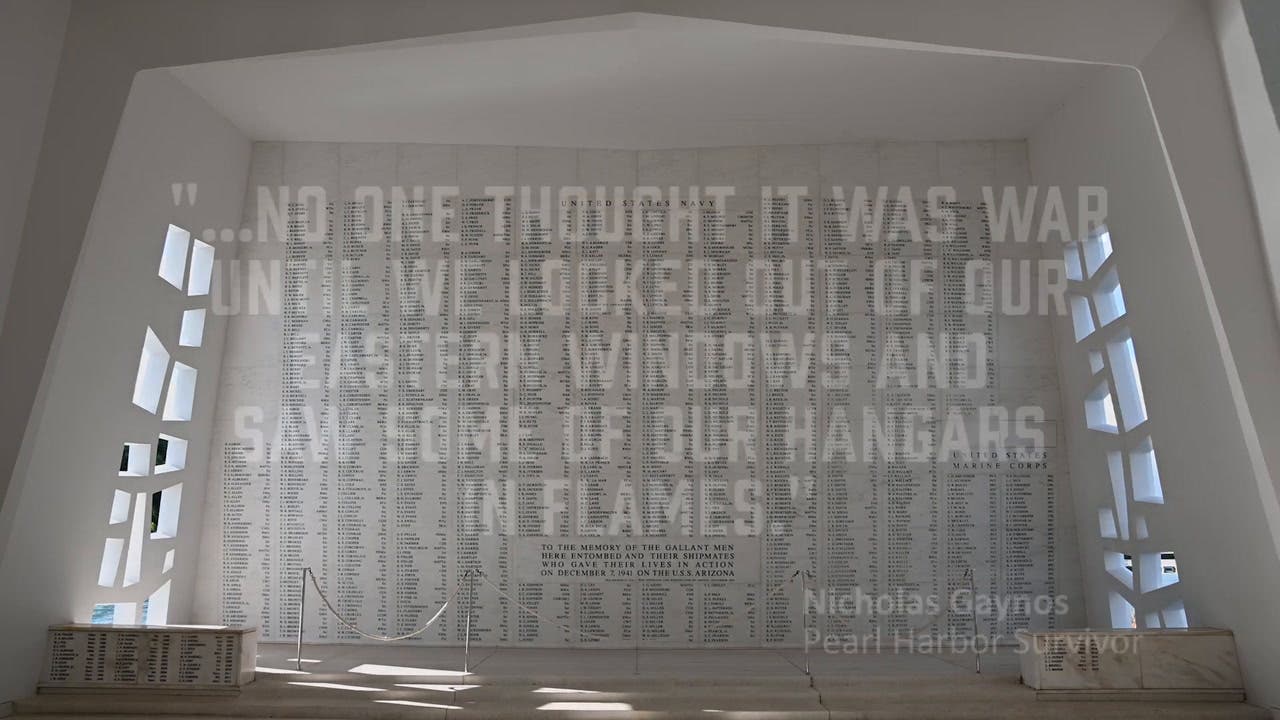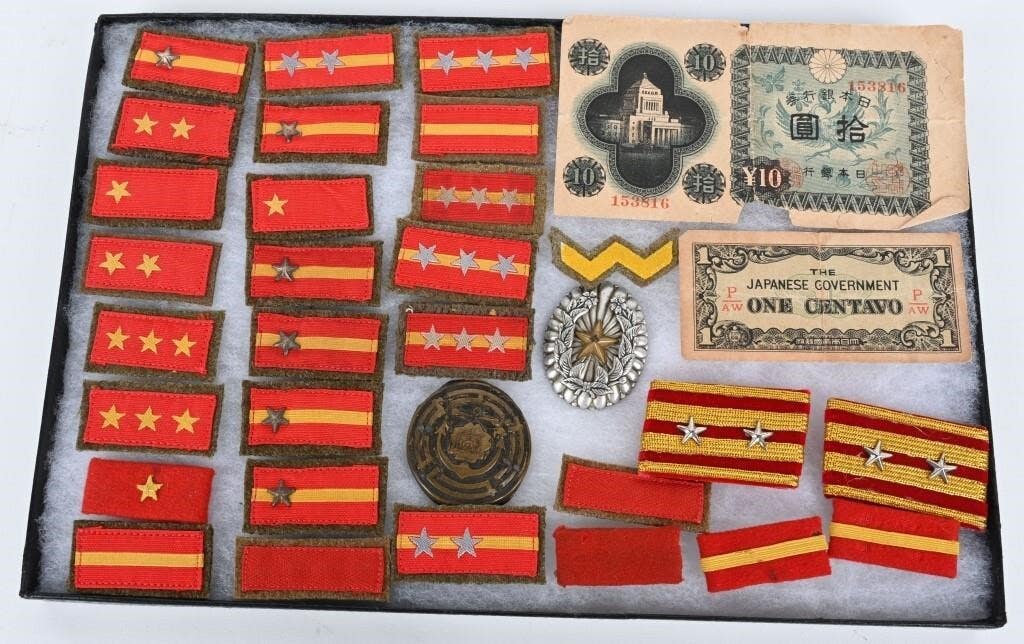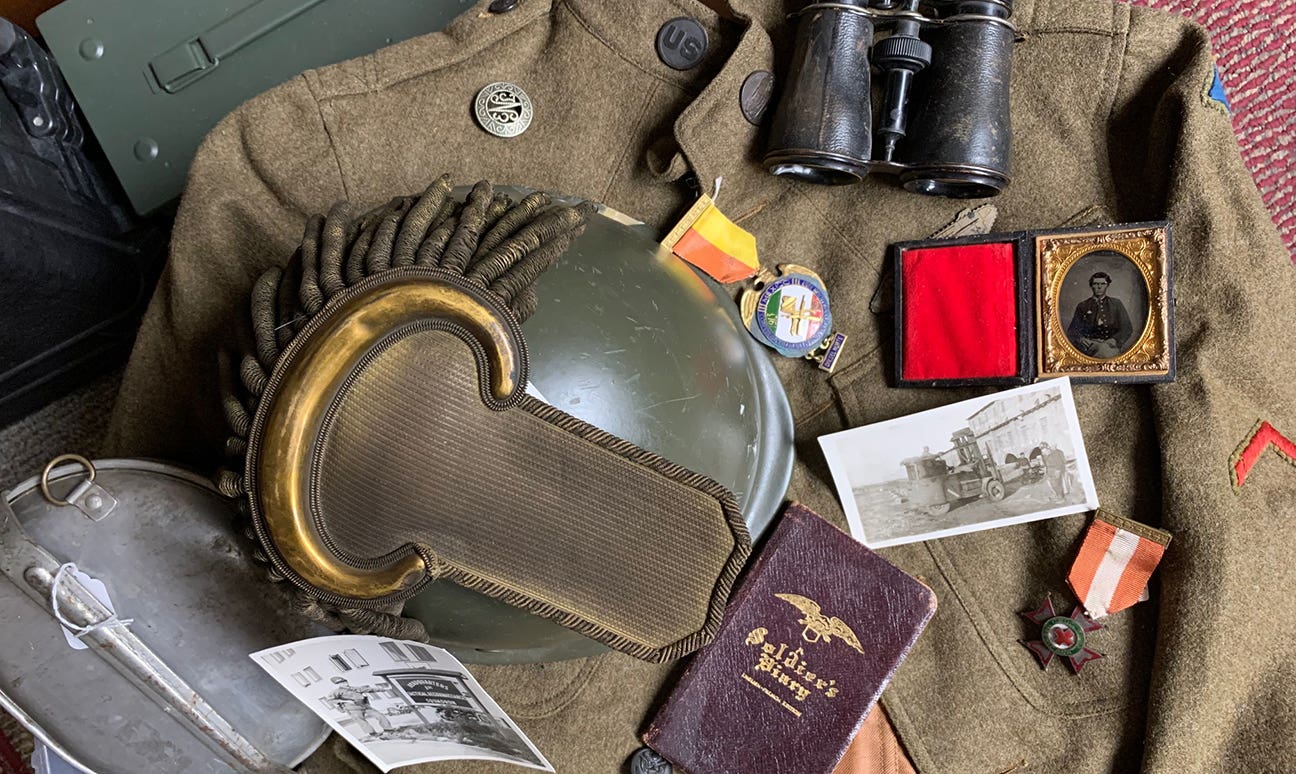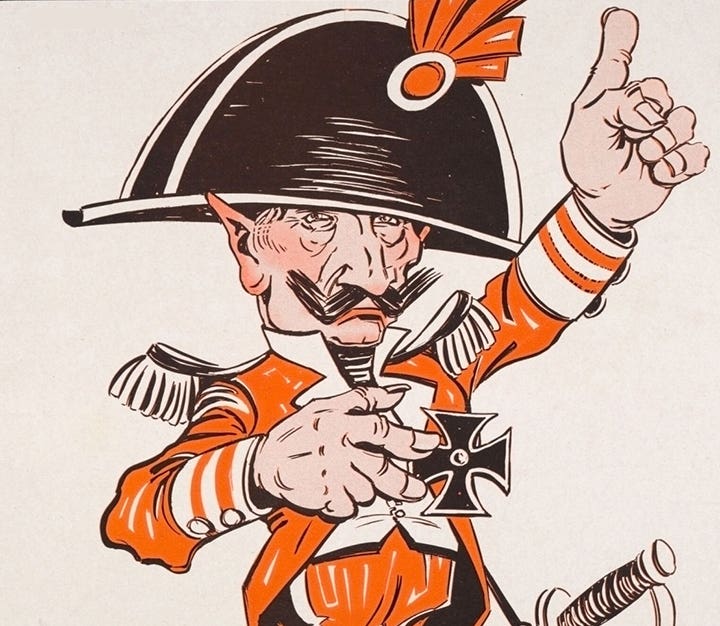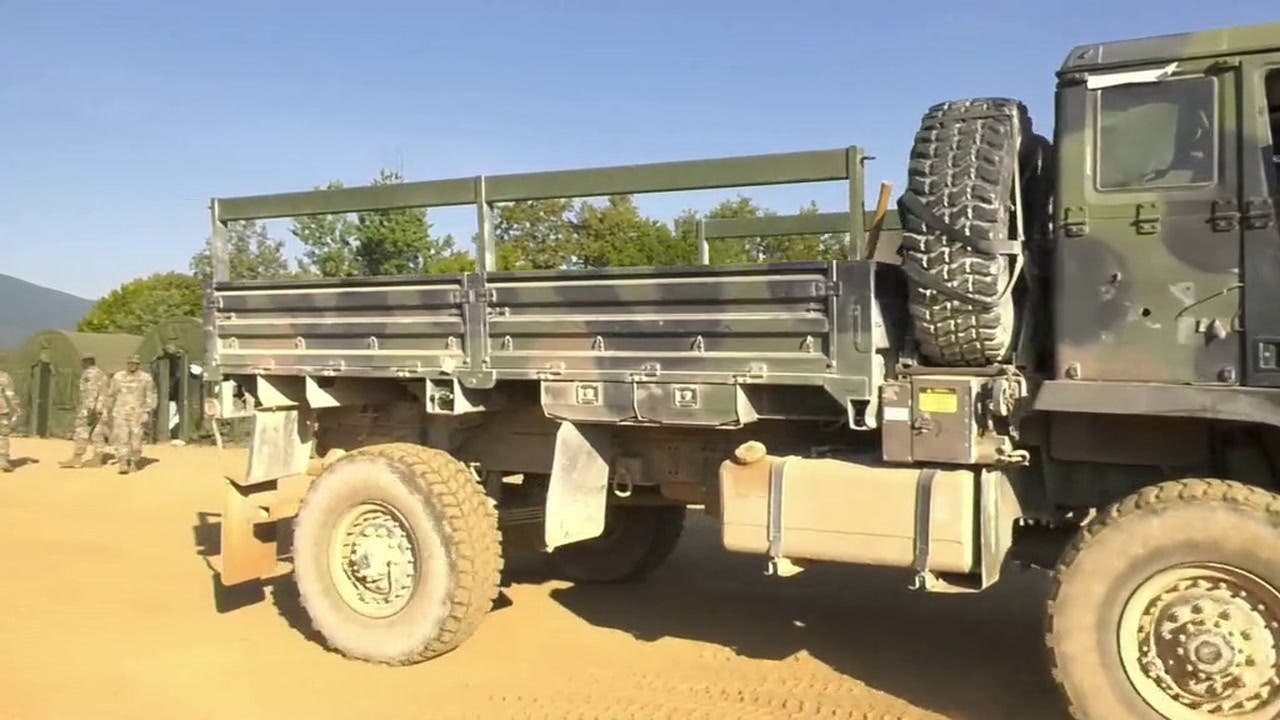COLLECTORS HAVEN’T FORGOTTEN WWI
April 2017 marked the 100th anniversary of the United States entering the “Great War.” While most military anniversaries seem to only create a blip in the spectrum of collecting activity,…
April 2017 marked the 100th anniversary of the United States entering the “Great War.” While most military anniversaries seem to only create a blip in the spectrum of collecting activity, I couldn’t resist surveying our readers to get their reaction.
BASIS FOR TODAY’S INTEREST
After remaining neutral for three years, President Woodrow Wilson went before a joint session of Congress the on April 2, 1917, to request a declaration of war against Germany. Hecited Germany’s violation of its pledge to suspend unrestricted submarine warfare in the North Atlantic and the Mediterranean, as well as its attempts to entice Mexico into an alliance against the United States, as his reasons for declaring war.
On April 4, 1917, the U.S. Senate voted in support of the measure to declare war on Germany. The House concurred two days later. The United States later declared war on German ally Austria-Hungary on December 7, 1917.
When the war ended on November 11, 1918, more than four million “doughboys” had served in the United States military with the American Expeditionary Forces (AEF). Half of those served overseas. According to Secretary of War Newton D. Baker, “over 25 per cent of the entire male population of the country between the ages of 18 and 31 were in military service.”
Although the United States fought in the conflict for less than two years, it took a heavy toll. More than 100,000 Americans lost their lives during this period, 35,560 killed in action. Secretary of War Baker reflected upon this when he stated that “while we rejoice that our losses were no heavier, we still bear in mind the thousands of homes throughout the country upon which the heavy burden of war has fallen. To these homes the Nation owes a debt of fullest gratitude. “
When Congress declared war, the United States was not unprepared. The manpower and supplies needed to field an expeditionary force were at their lowest since the Civil War. Only because the military had just recently fielded a large force for the Punitive Expedition in Mexico, the strength of the United States Army in April 1917 was actually high, climbing to about 200,000 (80,000 of whom served in National Guard units). Despite the intention to gradually expand the regular army and reserves, the National Defense Act of 1916 did not provide the numbers need for the Expeditionary Force. The United States was forced to build an army based on volunteer enlistments and the draft.Before the War was over, more than 24 million men registered for the draft. The US Army conscripted nearly 2.7 million men. During the same period, the number of volunteer enlistments was slightly over 300,000.
The numbers of men and women who served should guarantee that WWI remains in the forefront of our national memory. The question remains, however, “Does it?”
COSTLIEST BATTLE FORGOTTEN
A popular “Shame on you” type of story has been circulating on the internet during the past couple of months titled something like, “America’s Deadliest Battle all but Forgotten.”
The story then goes on to describe how during the 1918 Meuse-Argonne campaign, 26,277 U.S. soldiers were killed and tens of thousands wounded. What the story does not make obvious, however, is that this “battle” was fought over 47 days.
While the author used a shocking title to get people to click on the story to be transported to the sponsor’s web page for a clarification of the “Costliest Battle” (the deadliest single day in U.S. military history remains the Battle of Antietam with a total of 3,654 Union and Confederate soldiers killed), the point was well-taken. Most readers would not have thought of the Meuse-Argonne (indeed, the Battle of Normandy, June 6-August 30, 1944, was “deadlier” with 29,204 Americans killed).
So, have Americans all but totally forgotten WWI? Will the Centennial of the U.S. entry into the “Great War” reignite interest?
From a collecting point of view, Military Trader tried to find out the answer to this and other questions related to WWI interest. In two separate surveys, Military Trader asked dealers and collectors about their interest. These are the results:
SURVEY #1. "ARE YOU A WWI COLLECTOR?" (87 responses)
1. What is your current level of interest in WWI (1914-1918)?
*It is all I think about! It is my TOP military history. 26.44%
*I am interested in WWI, but other periods as well. 64.37%
*I would say LOW interest level.9.2%
2. How much of your collecting is devoted to WWI?
*100% of my collecting is focused on WWI. 14.94%
*75-99% of my collecting is focused on WWI. 16.09%
*50-74% of my collecting is focused on WWI. 26.44%
*25-49% of my collecting is focused on WWI. 13.79%
*0-24% of my collecting is focused on WWI. 25.29%
*I don’t collect WWI and don’t see myself beginning. 3.45%
3. How much did you spend on WWI memorabilia,
books, or other related materials in 2015?
*$10,000+ 10.47%
*$7,500-$9,999 0.00%
*$5,000-7,499 10.47%
*$1,000-$4,999 31.40%
*$500-$999 18.60%
*$1-$499 29.07%
4. If you collect or study WWI material culture,
what nationalities interest you (check all that apply)?
* United States 90.70%
* Great Britain 37.21%
* France 29.07%
* Belgium 10.47%
* Australia 8.14%
* Canada 17.44%
* Russia 11.63%
* African Nations 2.33%
* Germany 50.00%
* Austria 16.28%
* Ottoman Empire 5.81%
* Other 5.81%
5. Into which of these categories does the bulk of WWI material that you ACTIVELY collect fall (that is, seek out and purchase rather than passively acquire—check all that apply)?
* Helmets / headgear 58.62%
* Uniforms 55.17%
* Bayonets / Blades 24.14%
* Firearms 17.24%
* Ordnance 12.64%
* Trench Art 19.54%
* Photographs 39.08%
* Documents / archival 25.39%
* Medals / orders 48.28%
* accouterments 19.54%
* Soldier comfort items (smalls like YMCA, Red Cross, private purchase materials) 10.34%
* artwork 5.75%
* identified material 33.33%
* patches / insignia 37.93%
* Rations / boxes / signs 11.94%
* Books / research material 26.44%
* Vehicles 2.30%
* Artillery 1.15%
* Homefront material 6.90%
* Reenacting / Repros 1.15%
* Other 8.05%
6. If you collect US material by branch of service, which of the following would describe your interest?
* Infantry 62.96%
* US Marine Corps 34.57%
* Aviation material 25.93%
* Tank / Armor material 19.75%
* US Navy 20.99%
* Auxiliary Organizations 11.11%
* Chemical Corps 8.64%
* Motor Transport 16.05%
* Engineers 17.28%
*I don’t collect US material 7.41%
7. Is the WWI Centennial (2014-18) affecting your collecting?
* Yes, I am buying and engaging with more WWI material and collectors 21.18%
* About same as pre-2014 71.76%
* Less than pre-2014 4.71%
* What’s the centennial? 2.35%
8. Do you see yourself spending more or less on WWI-related material in 2017-18?
* About same as last year 65.95%
* Significantly more 15.12%
* Significantly less 19.77%
* I never spend on WWI 1.16%
9. How many people do you know who you consider being primarily WWI collectors?
* Just me 20.00%
* 1-3 others 37.65%
* 4-10 others 31.76%
* 11-20 others 5.88%
* 21+ 2.35%
* Is anyone interested? 2.35%
10. At what level of interest in WWI do you consider yourself ?
* I am a WWI Nut!35.63%
* I am a casual enthusiast 45.98%
* WWI gets about as much of my attention as any other period of history 16.09%
*WWI is cool if I don’t have to work at learning about it 2.30%
SURVEY #2. "ARE YOU A WWI DEALER?" (57 responses)
Our second survey spoke directly to dealers about WWI buying and selling:
1. Do you regularly sell ORIGINAL WWI relics?
* Yes 66.04%
* No 28.30%
* Not applicable 5.66%
2. During the past five years, have you seen a change in the level of customer interest in WWI collecting?
* Minor shift upward 58.49%
* Major shift upward 18.87%
* Minor shift downward 5.66%
* Major shift downward 7.55%
* I don’t know. 9.43%
3. In what areas of WWI collecting have your customers expressed an increased interest in the last five years? (check all that apply)
* German WWI material 50.98%
* US WWI material 66.67%
* United Kingdom material 23.53%
* Other Allied powers 19.61%
* Other Axis powers 13.73%
* No increased interest 17.65%
* Other 3.92%
4. In what types of WWI material have you seen an increase in sales during the past five years? (check all that apply)
* No increase in sales 11.54%
* Uniforms 44.23%
* headgear 55.77%
* weapons 34.62%
* accouterments 23.08%
* medals 44.23%
* photographs 38.46%
* documents 17.31%
* ordnance 17.31%
* trench art 28.85%
* firearms 21.15%
* bayonets / swords 40.38%
* vehicles / artillery 1.92%
* repro / reenacting 11.54%
* Other 7.69%
5. Do you think the demand for WWI items
will change in the next 5 years?
* Demand will go UP 48.08%
* Demand will DROP 15.38%
* Demand won’t change 36.54%
6. Where is your business located?
* United States 88.24%
* Europe / England 7.88%
Well, there you have it. Based on the responses to these two surveys, I would say collectors have not forgotten the sacrifices that so many Americans made during 1917-1919--despite what some media outlets want you to believe!
Preserve the memories,
John Adams-Graf
John Adams-Graf ("JAG" to most) is the editor of Military Trader and Military Vehicles Magazine. He has been a military collector for his entire life. The son of a WWII veteran, his writings carry many lessons from the Greatest Generation. JAG has authored several books, including multiple editions of Warman's WWII Collectibles, Civil War Collectibles, and the Standard Catalog of Civil War Firearms. He is a passionate shooter, wood-splitter, kayaker, and WWI AEF Tank Corps collector.



